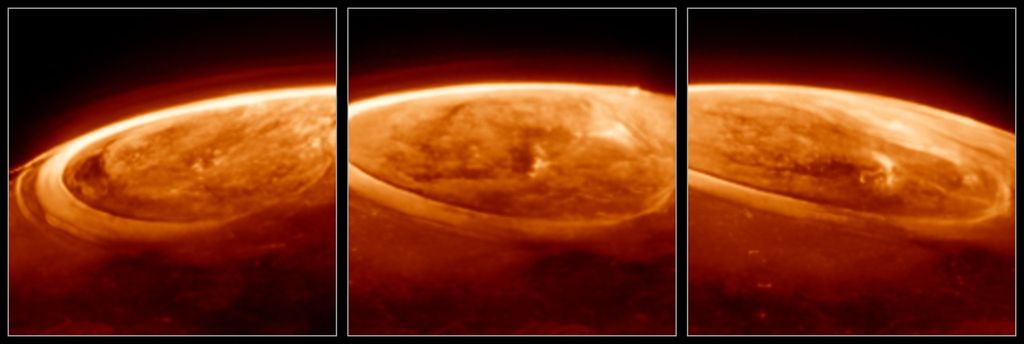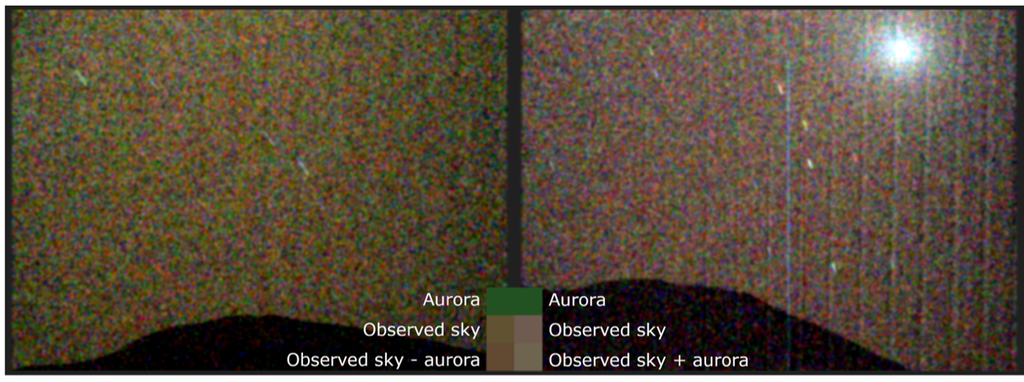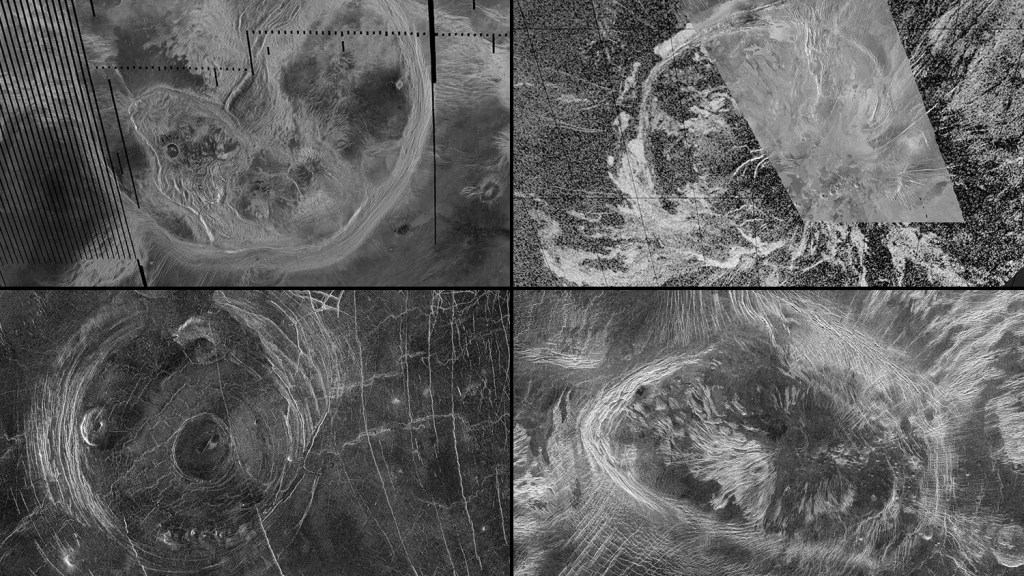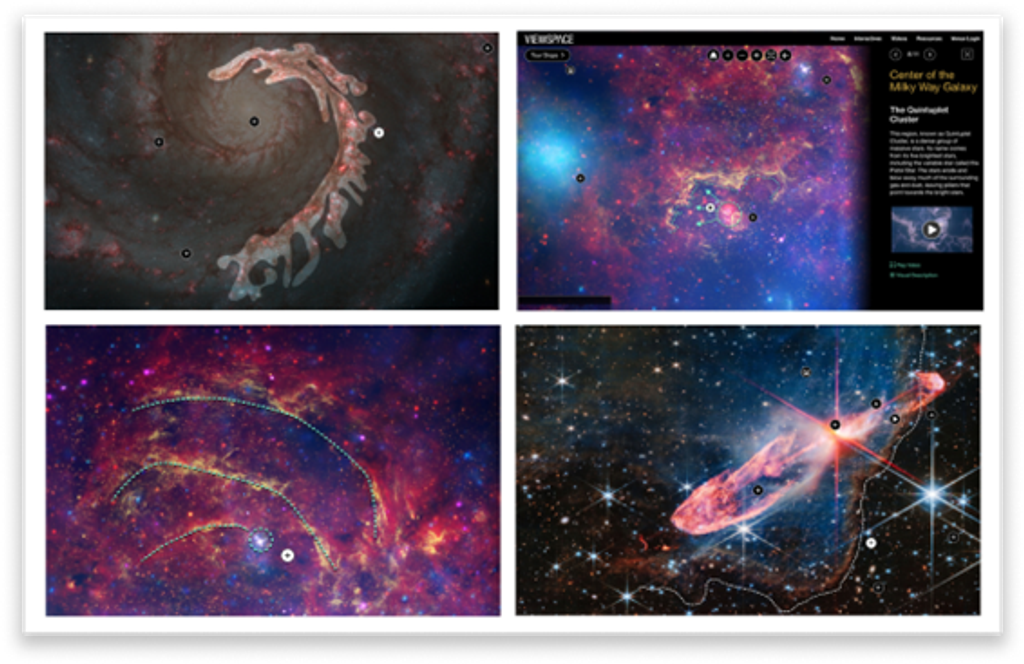Dark Side of Saturn’s Moon
| PIA Number | PIA08195 |
|---|---|
| Language |
|
Cassini stares toward the night side of Saturn, seen here on the right, as the active icy moon Enceladus glides past.
The moon's now famous icy plumes spew out of the south polar region (see Fountains of Enceladus), providing a fresh supply of material for Saturn's E ring.
Enceladus is 505 kilometers (314 miles) across. Saturn's shadow stretches over the rings above the crescent moon.
The image was acquired in visible light with the Cassini spacecraft narrow-angle camera on May 4, 2006 at a distance of approximately 2.1 million kilometers (1.3 million miles) from Enceladus and 2.3 million kilometers (1.5 million miles) from Saturn. The image was taken at a Sun-Enceladus-spacecraft, or phase, angle of 159 degrees. Image scale is 13 kilometers (8 miles) per pixel on Enceladus.
The Cassini-Huygens mission is a cooperative project of NASA, the European Space Agency and the Italian Space Agency. The Jet Propulsion Laboratory, a division of the California Institute of Technology in Pasadena, manages the mission for NASA's Science Mission Directorate, Washington, D.C. The Cassini orbiter and its two onboard cameras were designed, developed and assembled at JPL. The imaging operations center is based at the Space Science Institute in Boulder, Colo.
For more information about the Cassini-Huygens mission visit http://saturn.jpl.nasa.gov . The Cassini imaging team homepage is at http://ciclops.org .
Credit:NASA/JPL/Space Science Institute

























